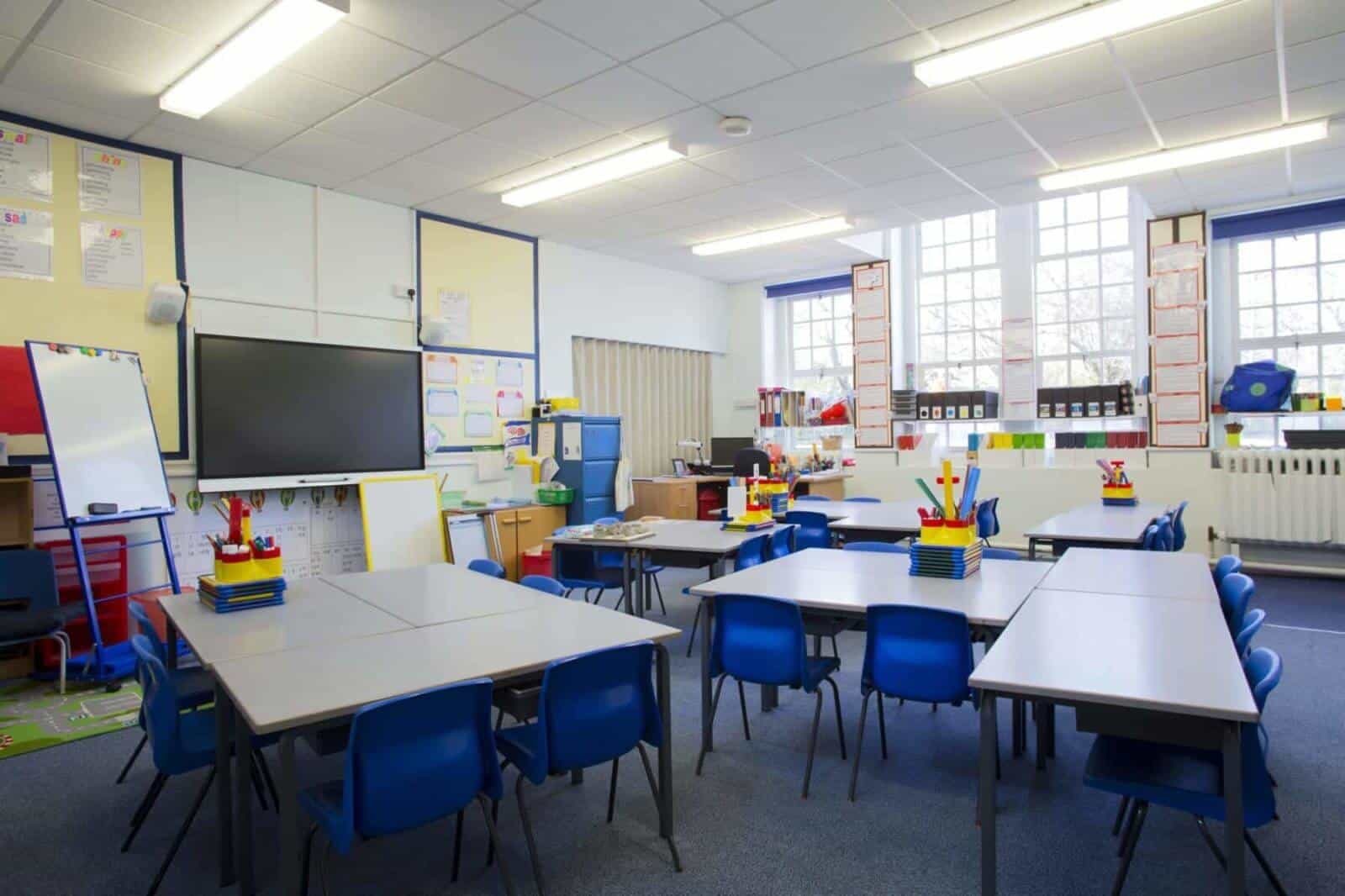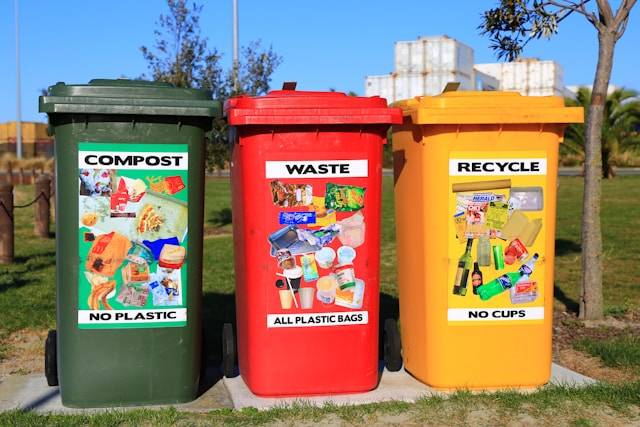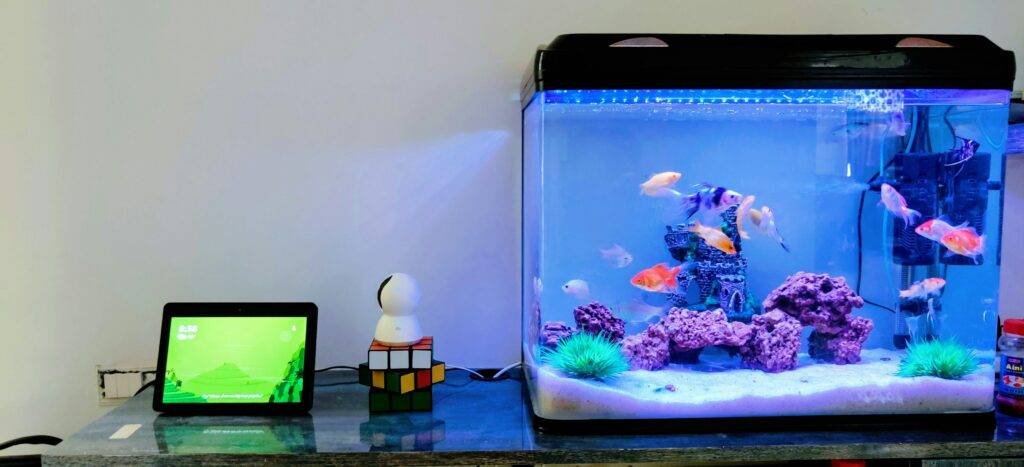Get Organised For School In 5 Quick Steps

Getting organised for school isn’t just about tidying up at the end of the year—it’s about creating a classroom system that works for you all year round. A well-organised classroom reduces daily stress, saves time, and creates a calm learning environment for students.
Rather than scrambling at the last minute or feeling overwhelmed when the term starts, use these five simple steps to get organised for school now. Plus, I’ve included one extra tip to set you up for a smooth start next term!
1. Reflect on Your Year to Get Organised for School
Before packing up, take a moment to reflect on what worked well and what didn’t. Were certain resources used frequently, while others gathered dust? Were your seating arrangements effective, or would a new layout improve classroom flow? Make quick notes in a digital planner or notebook. These insights will help you get organised for school next term, saving you time and stress when setting up your classroom again.
I used to leave this step out and just rush straight into cleaning, but I found that skipping reflection made me repeat the same organisation mistakes year after year.
Here’s what I do now:
✔ Resources: Are there heaps of dusty resources scattered around the classroom? I file them in the bin! An old teacher once told me, “If you haven’t used it in a year, you won’t ever use it!” I’ve never regretted throwing anything away.
✔ Seating Arrangements: Did the seating plan work? I make a quick note in my iPad’s digital planner so I don’t forget.
✔ Classroom Routines: Were students able to keep the classroom tidy on their own, or was it a daily struggle? If so, I know my systems need tweaking.
💡 Top Tip: Keep a digital reflection log so you don’t have to rely on memory when setting up next term!
2. Use Photos to Speed Up Organisation
When reorganising, photograph your setup so you can replicate it next term. If you’re decluttering, snap a picture, mark what stays and what goes, and get students or family to help with sorting.
A photo reference makes it easier for students, teacher aides, or helpers to reset your space. This small step will streamline your classroom organisation for future terms.
📸 I take photos of:
✅ Areas that need tidying (I mark items with an ‘X’ to throw out)
✅ My ideal setup (so I or my students can recreate it easily)
✅ Any changes I want to make for next term
This is a game changer when it comes to delegating.
💡 How I use it:
If students are still in class, I make group work activities out of cleaning and organising—one group per area!
If school’s out, I rope in my husband and friends to help—thanks to the photos, they don’t need me to explain what goes where.

3. Declutter Ruthlessly – Don’t Keep What You Won’t Use
Still holding onto outdated worksheets and broken supplies? Get organised for school by removing anything that no longer serves your students.
🔹 Recycle outdated handouts
🔹 Donate extra supplies
🔹 Trash damaged or unused items
A clutter-free classroom reduces distractions and improves student focus—so let go of what you don’t need! This was the hardest step for me at first—I used to hoard things just in case. But I finally realised that clutter just creates stress. If I don’t use it, my students definitely won’t.
💡 What worked for me:
✔ The 10-second rule: If I hesitate more than 10 seconds about keeping something, I throw it out or donate it.
✔ Use a “Maybe Box”: If I’m unsure, I put items in a box. If I don’t need or miss anything from the box by next term, I get rid of it.
4. Create Organised Zones for a Clutter-Free Classroom
Once I’ve decluttered, I set up clear zones so everything has a place.
📌 My Key Areas:
✅ Art & Craft: Everything within reach so students don’t need to ask me
✅ Tech Station: Headphones, chargers, and devices stored neatly
✅ Reading Corner: Books organised by topic, labelled with photos
✅ Student Supplies: Pencils, glue, scissors in clearly labelled containers
💡 Why I use photo labels:
I used to write long instruction lists, but students never read them! Instead, I take a photo of how the area should look and tape it up. This way, students instantly know how to tidy up. These small but powerful habits will help you stay organised for school all year long.

5. Freshen Up with Simple Classroom Decor
A well-organised and inviting classroom motivates students to engage and learn. Adding a few thoughtful touches can enhance your classroom environment without creating clutter:
🌱 Add plants – they improve air quality and create a calming atmosphere
📚 Set up a cosy reading corner with bean bags or rugs
🐠 Consider a class pet or small fish tank for student responsibility
These small changes can boost student enthusiasm and make the classroom a place they love to be.
💡 My favourite classroom addition:
One year, I added a small fish tank, and it was the best decision ever!
Students loved taking care of the fish.
It gave them a calming, mindful task when they needed a break.
One reluctant writer even wrote more about cleaning the tank than anything else!
Bonus Tip: Get Your Meet the Teacher Resources Ready!
Don’t wait until the last minute to prepare for your first day back. Take time now to get organised for school by:
📌 Creating your “Meet the Teacher” handouts
📌 Prepping your first-week lesson plans
📌 Setting up your classroom routines in advance
A little prep work now makes for a stress-free return!
💡 FREEBIE! Download my 10 meet-the-teacher editable templates to make the start of term stress-free!
Final Thoughts
Getting organised for school doesn’t have to be overwhelming. By following these five simple steps now, you’ll set yourself up for a stress-free start next term:
✔ Reflect on what worked and what didn’t
✔ Take photos to plan and delegate tasks
✔ Declutter to remove distractions
✔ Create zones to keep materials accessible
✔ Simplify décor to make the space inviting but functional
And don’t forget your bonus tip: Prepare your “Meet the Teacher” materials in advance so you’re not scrambling when term starts!
💡 Want to make classroom organisation even easier? Take our 2-minute Quiz to discover how to set up a classroom that works with your natural strengths! Or read more about why you should take the Classroom Organisation Style Quiz.
As Melissa Kelly notes on ThoughtCo, teachers who establish simple organisational systems—like labelled resource areas and clear routines—help their students achieve their full potential. By following these five steps to get organised for school, you’ll create a structured, stress-free environment that supports both teaching and learning.
Start today, and set yourself up for success!

Out of all the points above, Trashing is no doubt very important; otherwise you may collect too much unwanted material, that you could end up searching through over and over again!
During the first few days of school last year I actually did your method of having the students help out! I had them help me move a lot of my new supplies in and help organize it in buckets and containers. They loved it and I was able to bond with them more through the process.
Yes, it’s the only way. I hate going into classrooms where the teacher has hoarded and you can hardly move for the mess of stuff. Students don’t like it either and I see them misbehave more frequently in such environments.
That’s such Great News! Students really love it when we include them. Thanks, so much for letting me know.